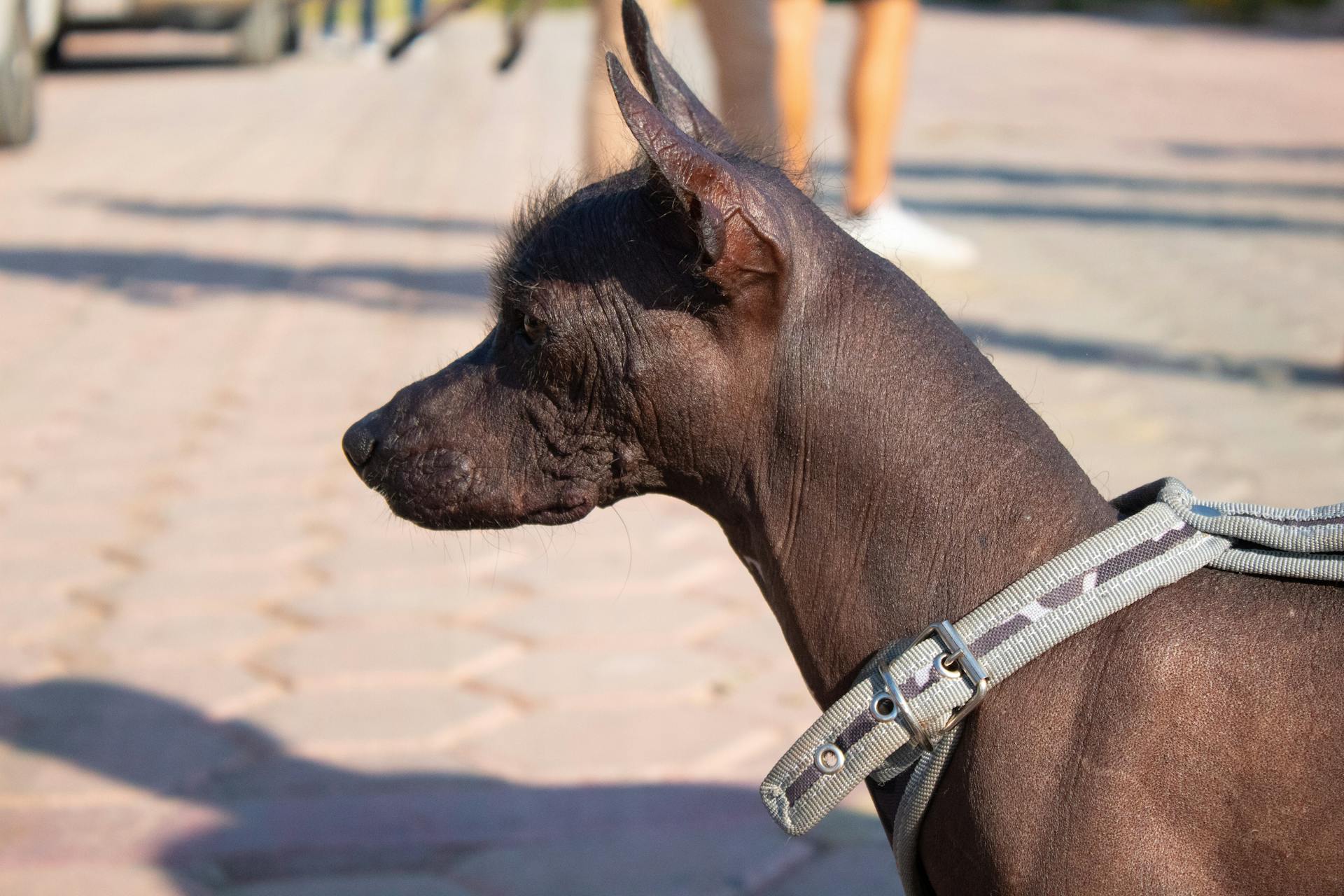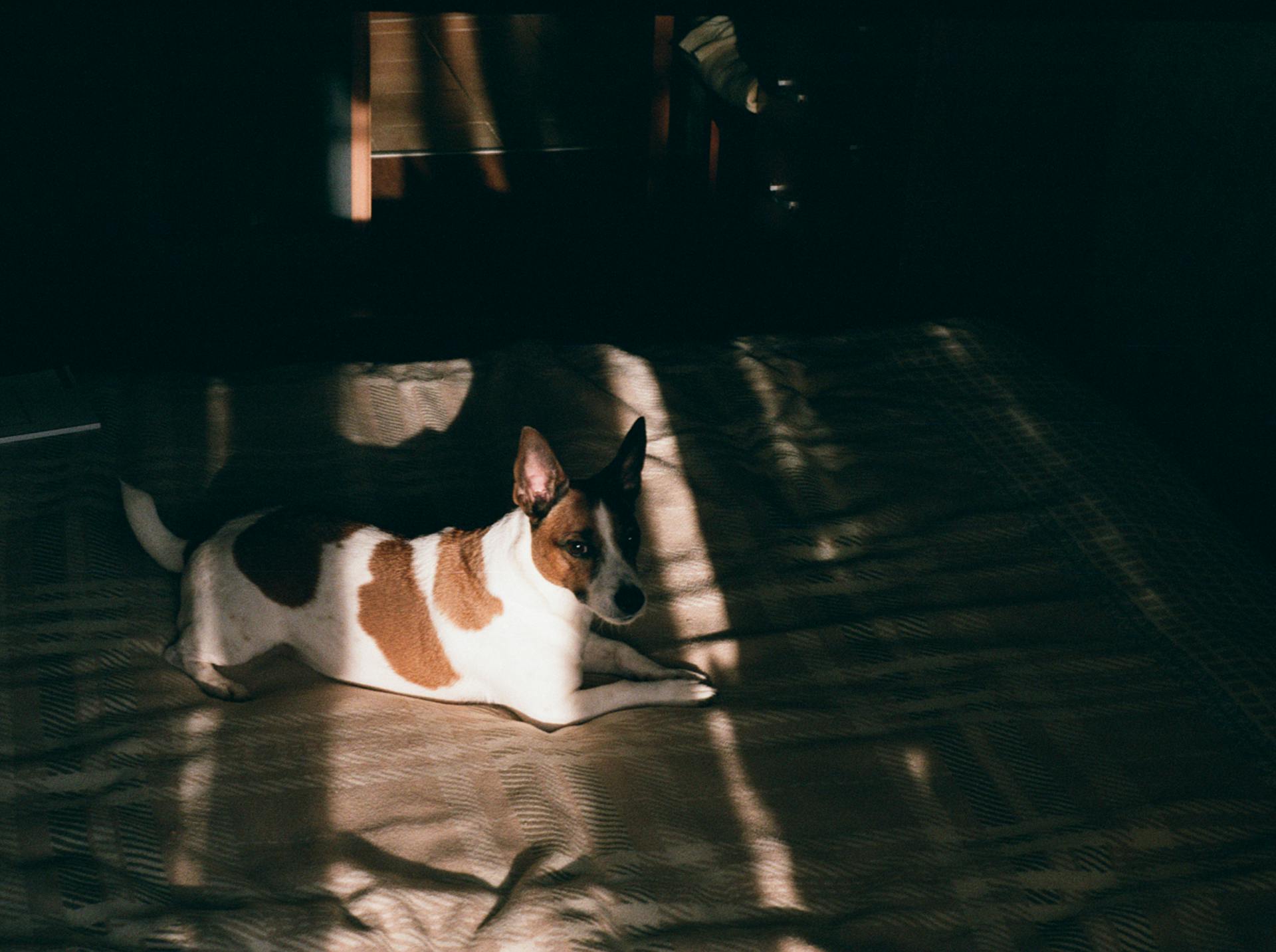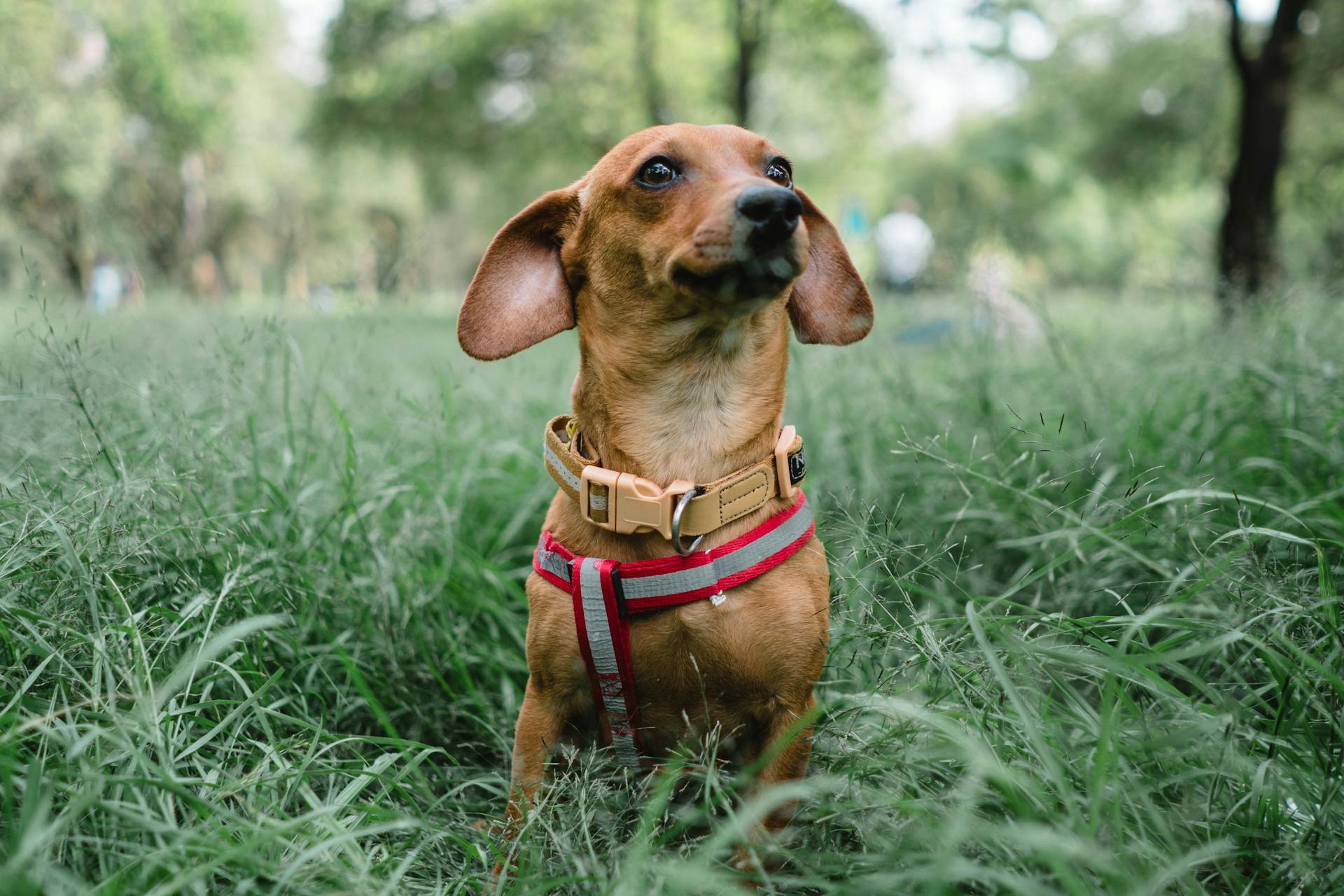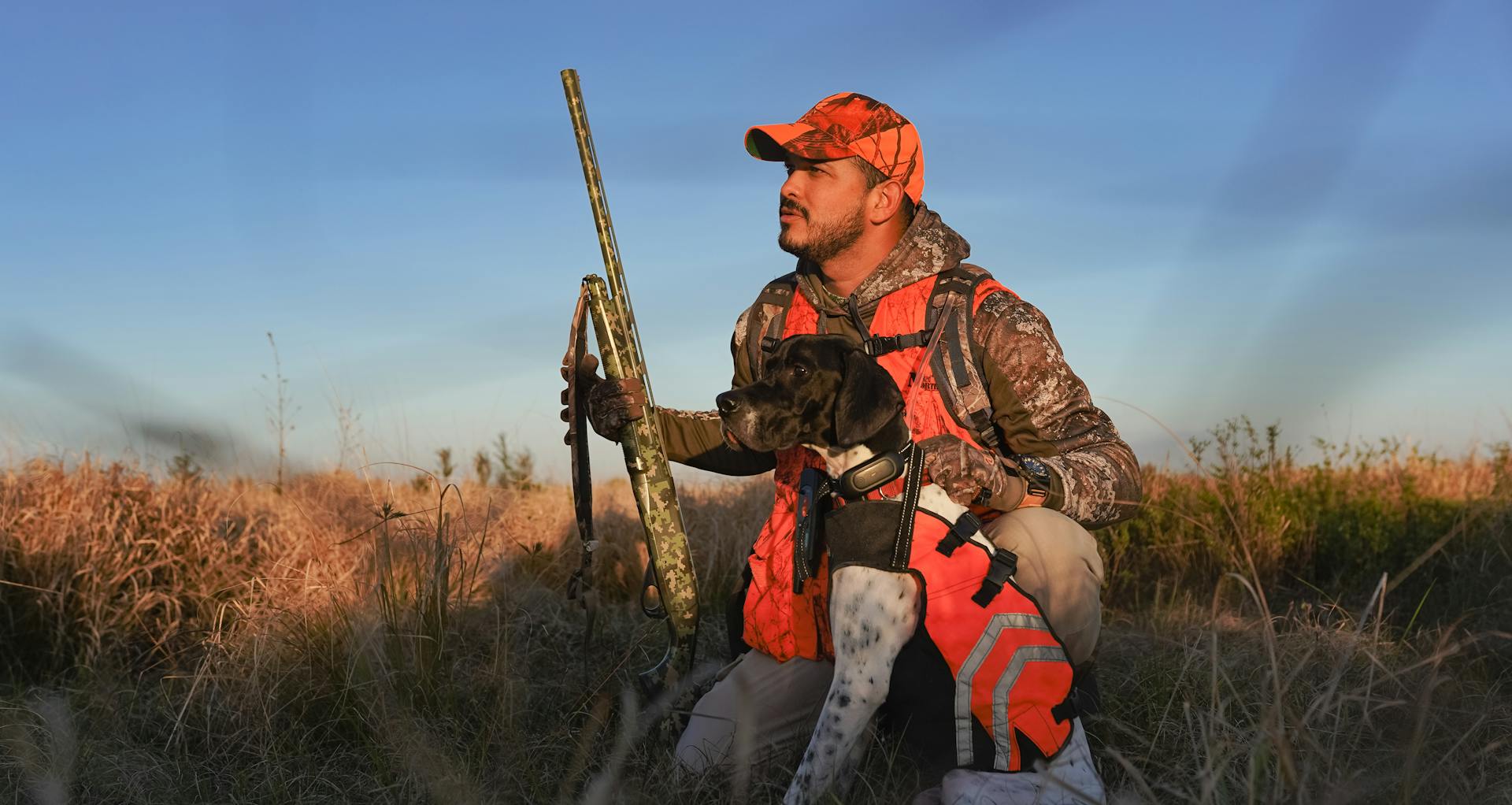
Bluetick Coonhounds are often misunderstood as being aggressive, but the truth is they're generally friendly family dogs. They were bred to hunt and track, which can sometimes lead to a strong prey drive and independent nature.
Their strong instinct to follow their nose can sometimes be misinterpreted as aggression, but it's actually just a sign of their intense focus. They're not naturally aggressive, but they can be protective of their family and territory.
Bluetick Coonhounds are social dogs that thrive on interaction and attention from their family. They're often described as " Velcro dogs" because they love to be close to their people.
Understanding Canine Aggression
Canine aggression is a complex issue that encompasses a range of behaviors exhibited by dogs, often as a response to specific stimuli or situations. Fear-based aggression occurs when a dog feels threatened or cornered, leading to a defensive response.
Several factors contribute to the development of aggression in dogs, including genetic predispositions, environmental influences, training methodologies, socialization experiences, and health conditions. Genetics can play a significant role, as certain breeds may be more inclined towards specific types of aggression due to their historical roles and breeding.
Proper training teaches a dog appropriate responses to various stimuli, while socialization exposes the dog to a wide range of people, animals, and situations, reducing fear and anxiety. Inadequate or harsh training methods can exacerbate aggressive tendencies.
Distinguishing true aggression from playfulness or protective instincts is crucial. Playful nipping, growling, and chasing in a relaxed context differ markedly from genuine aggression.
Here are some common types of canine aggression:
- Fear-based aggression
- Territorial aggression
- Possessive aggression
- Dominance aggression
Health-related issues, such as pain, discomfort, or hormonal imbalances, can also lead to aggression. A dog in pain may lash out when touched or approached, mistaking even benign interactions for potential threats.
Understanding the nuances of canine behavior is essential in accurately interpreting and addressing any underlying issues.
Expand your knowledge: Bluetick Coonhound Health Problems
Breed-Specific Temperaments
Bluetick Coonhounds have a breed-specific temperament that's shaped by their instincts. They're predisposed to traits like determination and resilience, which means they're naturally motivated to follow scents.
Their genetic makeup plays a role in their behavior, but it's not the only factor. Like all dogs, their behavior is significantly influenced by their upbringing, training, and socialization.
This means that a Bluetick Coonhound's personality is not fixed, and they can learn to be calm and well-behaved with proper training and care.
In fact, formal studies specifically targeting Bluetick Coonhound aggression are rare, making it challenging to generalize their aggression levels.
For more insights, see: Bluetick Coonhound Training
Managing Aggression in Bluetick Coonhounds
Managing Aggression in Bluetick Coonhounds requires a multifaceted approach. Several factors contribute to the development of aggression in dogs, including genetic predispositions, environmental influences, training methodologies, socialization experiences, and health conditions.
Genetics can play a significant role in aggression, with certain breeds being more inclined towards specific types of aggression due to their historical roles and breeding. Bluetick Coonhounds, like other breeds, may exhibit a range of aggressive behaviors, including fear-based aggression, territorial aggression, possessive aggression, and dominance-related aggression.
Fear-based aggression occurs when a dog feels threatened or cornered, leading to a defensive response. Territorial aggression is displayed when a dog perceives an intrusion into its perceived space or domain. Proper training teaches a dog appropriate responses to various stimuli, while socialization exposes the dog to a wide range of people, animals, and situations, reducing fear and anxiety.
A dog's upbringing, the behavior of its owners, and its living conditions significantly shape its temperament and behavior. Inadequate or harsh training methods can exacerbate aggressive tendencies. Health-related issues, such as pain, discomfort, or hormonal imbalances, can also lead to aggression.
Broaden your view: Dog Territorial Aggression
To manage aggression in Bluetick Coonhounds, owners should start training and socialization early, use positive reinforcement, expose their dog to various situations, teach commands for control, and consult a professional if needed. Regular physical activity can also help manage a dog's energy levels and reduce anxiety, leading to more balanced behavior.
Here are some key factors to consider when managing aggression in Bluetick Coonhounds:
- Genetic predispositions: Some breeds, including Bluetick Coonhounds, may be more inclined towards specific types of aggression due to their historical roles and breeding.
- Environmental influences: A dog's upbringing, the behavior of its owners, and its living conditions significantly shape its temperament and behavior.
- Training methodologies: Inadequate or harsh training methods can exacerbate aggressive tendencies.
- Socialization experiences: Socialization exposes the dog to a wide range of people, animals, and situations, reducing fear and anxiety.
- Health conditions: Health-related issues, such as pain, discomfort, or hormonal imbalances, can also lead to aggression.
Expert Insights and Analysis
Bluetick Coonhounds may exhibit protective behaviors, but their primary inclination is towards tracking and companionship. They're not bred for protection like some guard dog breeds.
Experts emphasize that Bluetick Coonhounds' protective actions are more about alerting to potential danger rather than engaging with threats directly. This is a crucial distinction to understand when considering their temperament.
Regular veterinary check-ups can identify underlying health issues that might contribute to aggressive behavior in Bluetick Coonhounds. This is especially important for hunting breeds like the Bluetick Coonhound.
A well-socialized, properly trained, and healthily maintained Bluetick Coonhound is more likely to exhibit a calm and friendly demeanor. This is the key to a happy and harmonious relationship with your Bluetick Coonhound.
Here are some key takeaways to keep in mind when considering the protective nature of Bluetick Coonhounds:
- Bluetick Coonhounds are more likely to alert potential threats than engage with them directly.
- Proper socialization and training are crucial in nurturing a Bluetick Coonhound's protective instincts.
- Without proper guidance, these instincts can lead to unwanted behaviors.
Comparative Analysis
Bluetick Coonhounds can be compared to other breeds to understand their aggression levels. Many hunting breeds, like Beagles and Labrador Retrievers, share similar traits with Bluetick Coonhounds, such as high energy and prey drive.
However, aggression is not a trait inherent to hunting breeds. For instance, Labrador Retrievers are known for their friendly nature and high trainability, often making them less prone to aggression than more independent breeds.
Bluetick Coonhounds may exhibit strong pursuit behavior due to their high prey drive, but this is different from aggressive behavior towards humans or other pets. This distinction is important to understand, as it can help potential owners make informed decisions about their choice of breed.
Here's a comparison of some hunting breeds:
Key Differences: Bluetick Coonhounds vs. Behavior Breeds
Bluetick Coonhounds are bred for hunting and tracking, focusing on scent work and endurance. This is in contrast to breeds traditionally recognized for their protective instincts, such as German Shepherds, Doberman Pinschers, and Rottweilers.
Their breeding purpose is the primary distinction between Bluetick Coonhounds and protective breeds. Bluetick Coonhounds are selected for their ability to track and follow scents, whereas protective breeds are selected for their guarding abilities.
Physically, Bluetick Coonhounds are less imposing than many guard dog breeds. They have a less muscular build and a more approachable appearance.
Bluetick Coonhounds are known for their laid-back and friendly nature. They often show more interest in following a scent than in guarding territory or people.
Traditional protective breeds exhibit a more vigilant and sometimes reserved demeanor. They have a natural inclination to guard and defend their pack.
Comparative Breed Analysis
Bluetick Coonhounds are often compared to other breeds, particularly hunting dogs and popular family pets, to understand their aggression levels.
Their aggression levels can be influenced by breed-specific traits and generalizations, making it essential for potential dog owners to research and understand these factors.
Many hunting breeds, such as Beagles and Labrador Retrievers, share the high energy and prey drive seen in Bluetick Coonhounds, but aggression is not inherently linked to hunting breeds.
Labrador Retrievers, for example, are known for their friendly nature and high trainability, often making them less prone to aggression than more independent breeds.
The high prey drive in hunting dogs is often mistaken for aggression, but this is different from aggressive behavior towards humans or other pets, which is generally not characteristic of well-socialized hunting breeds.
Here's a comparison of Bluetick Coonhounds with other hunting breeds:
Bluetick Coonhounds' protective instincts are also worth noting, as they possess a complex combination of traits that can contribute to protective behaviors, such as loyalty, alertness, and a strong bond with their family.
Their acute sense of smell and deep, baying bark serve as natural deterrents to potential intruders, making them excellent watchdogs.
Comparison of Popular Family Dogs
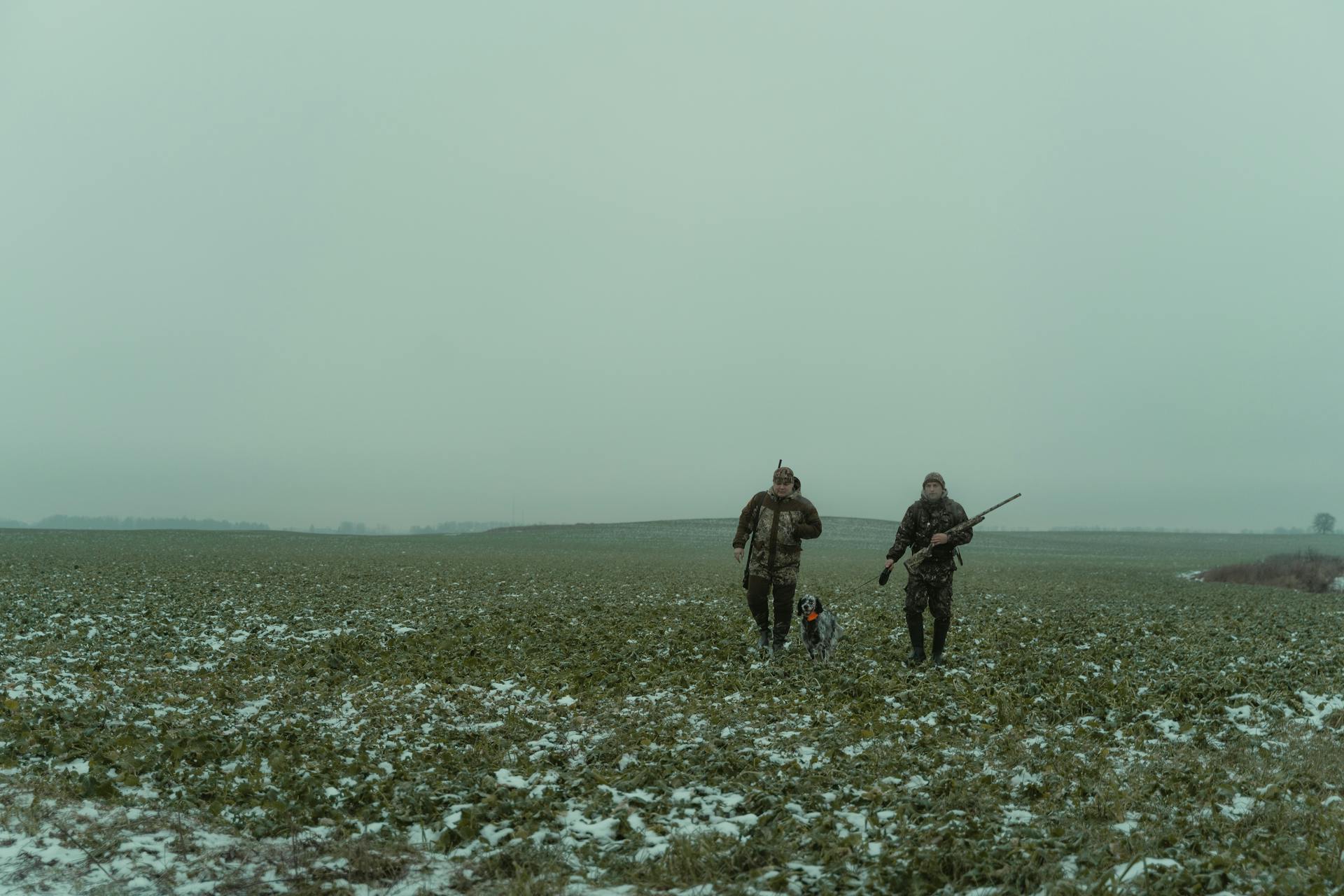
If you're considering bringing a Bluetick Coonhound into your family, it's essential to understand their needs and traits. Golden Retrievers, on the other hand, are often praised for their gentle and tolerant nature.
Bluetick Coonhounds require extensive exercise and mental stimulation, making them a better fit for families with large yards or those who enjoy outdoor activities. This need for exercise can be a challenge for families with smaller living spaces or those who are away from home for long periods.
Understanding the specific traits of Bluetick Coonhounds, such as their endurance and tenacity, is crucial for prospective owners. These traits can be beneficial in hunting scenarios, but they require appropriate outlets in a family setting to prevent frustration and potential aggression.
Here's a comparison of popular family dogs:
By understanding the unique needs and traits of different breeds, you can make an informed decision about which dog is right for your family.
Factors Affecting Dog Behavior
The upbringing and daily care of a Bluetick Coonhound play a significant role in shaping their behavior.
Their physical health can also impact their mood and actions, making regular veterinary check-ups essential.
A nurturing environment can help minimize aggressive tendencies and promote a well-balanced temperament in Bluetick Coonhounds.
Unfamiliar individuals approaching their home can trigger a Bluetick Coonhound's protective behavior, causing their barking to escalate in volume and intensity.
In outdoor settings, their protective nature may manifest when encountering wild animals or sensing their human companions are in distress.
Their perception of a threat to their family or territory can lead them to stand their ground or position themselves between their owner and the perceived threat.
Impact of Training and Instincts
Training plays a pivotal role in either enhancing or moderating a Bluetick Coonhound's protective instincts. Early and consistent exposure to diverse environments, people, and other animals can significantly mitigate fear-based aggression.
Introducing puppies to various stimuli in a controlled manner builds confidence and reduces anxiety-driven aggression. Positive reinforcement training strengthens the dog-owner bond and teaches the dog appropriate responses to commands, reducing the likelihood of aggressive reactions.
You might like: How to Train Dog Aggression
A well-structured training program can teach dogs how to respond appropriately to perceived threats, distinguishing between normal and abnormal situations. This helps to reinforce desired behaviors, such as alerting owners to strangers without displaying aggression.
Bluetick Coonhounds possess a complex combination of traits that can contribute to protective behaviors, including loyalty, alertness, and a strong bond with their family. Their acute sense of smell and deep, baying bark serve as natural deterrents to potential intruders.
Training can also be used to moderate excessive protective instincts in breeds predisposed to guarding. This involves desensitization exercises and controlled exposure to a variety of stimuli, reducing a dog's tendency to react aggressively to perceived threats.
By comparing Bluetick Coonhounds with other breeds, we can gain insight into how breed-specific traits and generalizations about aggression can influence a potential dog owner's choice.
Frequently Asked Questions
What is the demeanor of a Bluetick Coonhound?
Bluetick Coonhounds are affectionate and social, but may have a strong prey drive that can affect their relationships with other household pets
Sources
- https://blog.tryfi.com/are-bluetick-coonhounds-aggressive/
- https://blog.tryfi.com/are-bluetick-coonhounds-protective/
- https://houstonpetland.com/breed/bluetick-coonhound/
- https://mulfordanimal.com/client-resources/breed-info/bluetick-coonhound/
- https://mercervilleanimalhospital.com/client-resources/breed-info/bluetick-coonhound/
Featured Images: pexels.com
